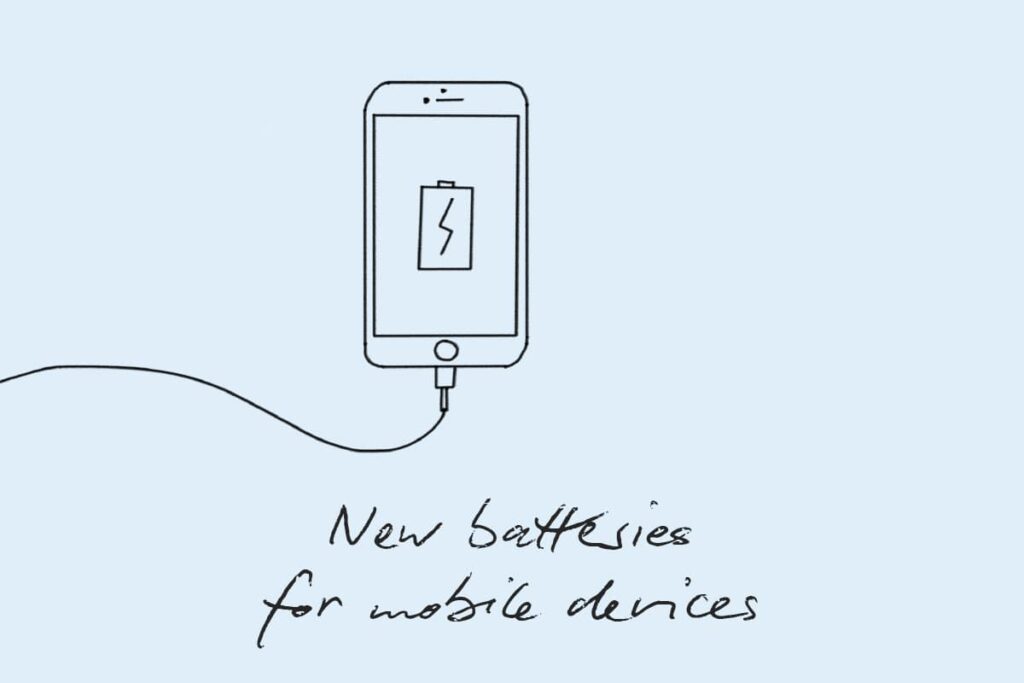Today on Iot News we talk about technological discoveries that could improve the quality of our life and how we could charge the batteries of our smartphones once a week. How? Thanks to transistors mounted vertically instead of horizontally. The idea was put forward by two great technology giants such as IBM and Samsung: let’s find out the details thanks to the support of an article read on dday.it.
Have you ever thought about how convenient it could be to “forget” to charge the battery of your smartphone every day? According to researchers from IBM and Samsung, this scenario could become reality soon. By positioning the transistors of the chips no longer horizontally but vertically, in fact, it is possible to have greater battery life, more power and significantly improved performance.
Obviously, it is still too early to find a solution for the battery revolution with vertical chips: it should be remembered that it is not only the chips that consume the battery level of an electronic device such as a smartphone. However, scholars said they were very interested in exploring the incredible possibilities offered by this intuition.
Let’s explain better what it is. IBM and Samsung named this transistor rotation VTFET, which stands for Vertical Transport Field Effect Transistors, presenting the project at the 2021 IEDM conference in San Francisco. The idea starts from the overturning of the classic horizontal transistor design system, that is, with the source, gate and drain placed horizontally, allowing platform flow of the current (the current flows between drain and source, appropriately controlled by the gate).
In the VTFET project, on the contrary, the source, gate and drain are arranged vertically, so the current flows vertically. This topological variation allows to reduce the length of the gate and of the dummy isolation gate, as well as to limit electrostatic losses and parasitic capacitances. The result is better current flow (thanks to shorter FETs) and lower power consumption. The goal of Samsung and IBM is to ensure that VTFET transistors offer:
- doubled performance
- number of transistors doubled, thanks to less space occupation (overcoming of Moore’s Law)
- increased efficiency thanks to better current flow, hence an energy saving that can reach up to 85% (compared with the currently known FET processors).
Finally, we will observe what the next moves of Samsung and IBM will be and find out how they will develop this discovery.
Do not miss the news of the Meteca’s blog and for any do not hesitate to contact us.
